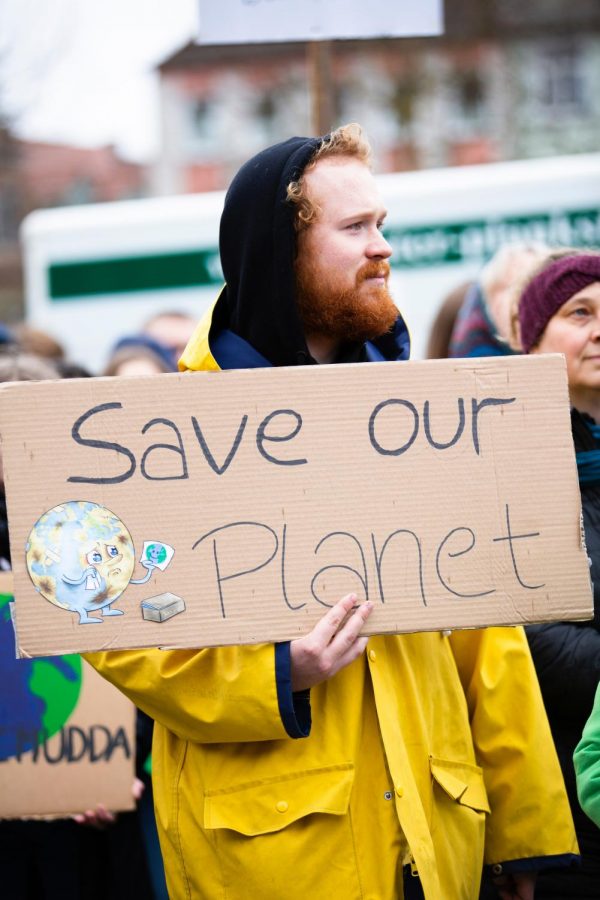Our climate is changing
May 1, 2019
Everyone in the Seattle area was baffled at the large amounts of snow during the beginning months of 2019, times when we expect more rain and clouds than anything else. Gardeners in the area debated how their crops would be affected with how the fall and winter seasons were coming out to be so warm at the end of 2018. But these couple eyebrow furrowing moments is only the point of realization for many that climate change is a very real thing and is becoming more serious.
Climate change, according to NASA’s climate page, is referred to as broad range of global phenomena created predominantly by burning fossil fuels, which add heat-trapping gases to Earth’s atmosphere. Global warming is often used interchangeably with climate change, but, they should not be used that way. Global warming refers to the long-term warming of the planet since the early 20th century, and most notably since the late 1970s, due to the increase in fossil fuel emissions since the Industrial Revolution. Worldwide since 1880, the average surface temperature has gone up by about 1 °C (about 2 °F), relative to the mid-20th-century baseline (of 1951-1980). This is on top of about an additional 0.15 °C of warming from between 1750 and 1880.
More information coming from NASA’s climate page is that the global temperature has gone up 1.9°F since 1880, the Arctic ice minimum is going down 12.8% per decade, ice sheet levels go down 413 gigatonnes per year, the sea level is going up 3.3millimeters per year, and carbon dioxide levels are going up 410 part per million.
Here on Earth, as NASA continues to explain, “Life on Earth depends on energy coming from the Sun. About half the light reaching Earth’s atmosphere passes through the air and clouds to the surface, where it is absorbed and then radiated upward in the form of infrared heat. About 90 percent of this heat is then absorbed by the greenhouse gases and radiated back toward the surface, which is warmed to a life-supporting average of 59 degrees Fahrenheit (15 degrees Celsius),” (https://climate.nasa.gov/causes/). Climate change is being caused by certain gases blocking the heat from escaping again, those gases being water vapor (H2O), nitrous oxide (N2O), methane (CH4), and carbon dioxide (CO2). Human activities are changing the amount of healthy and natural greenhouse gases in the atmosphere, thus leading to our planet heating up and destroying some of the colder places on our beloved planet and hurting the life that lives there. Mars and Venus live as examples of effects of both too little and too much greenhouse gases.
Expected effects that scientists have made in the past are coming true today: loss of glaciers and ice in predominantly icy areas, a raise in sea levels, these leading to the growing extinction and injury towards animals such as polar bears, whales, and penguins.
Climate change is a very real and scary thing regarding our planets near future. To help our planet and reduce the effects of it, go to https://climate.nasa.gov/solutions/resources/ to find some resources to help our planet.






